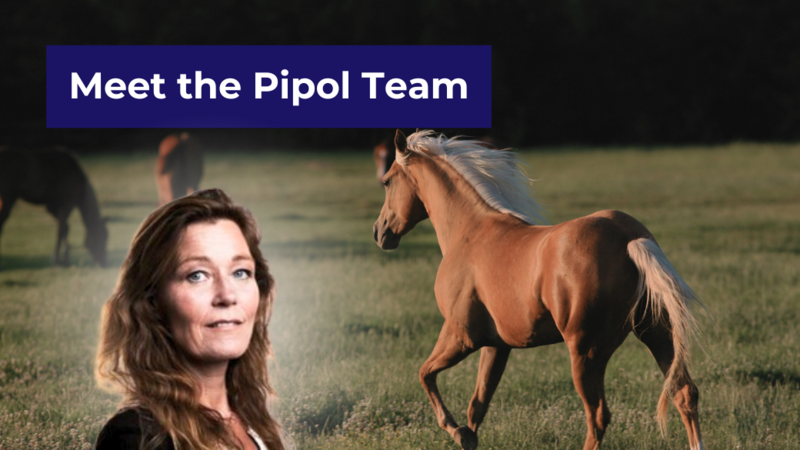Is Your Organization Ready for the Agile Transformation?
In today’s rapidly evolving landscape, digitalization and disruptive trends are reshaping industries, economies, and societies. The democratization of information, restructured competitive landscapes, and the war for talent are forcing many organizations into a “transform-or-die-trying” reality. Transitioning to an agile organization is no longer optional—it’s a necessity. But becoming agile isn’t as simple as a typical reorganization.
Over the past few years, many leaders have drawn inspiration from innovative frameworks such as Frederic Laloux’s Reinventing Organizations, Holacracy, and Sociocracy. However, there is no universal blueprint for creating a successful agile organization. Agile transformation is a journey with no fixed destination. Yet, as you embark on this journey, McKinsey’s five trademarks of agile organizations provide a valuable compass:
1. A Shared Purpose and Vision Across the Organization
Agile organizations reimagine both whom they create value for and how they create it. They are deeply customer-focused, striving to meet diverse needs across the entire customer life cycle. In addition, they are committed to generating value for a broad range of stakeholders, including employees, investors, partners, and communities.
To bring coherence and focus to their distributed value creation models, agile organizations establish a shared purpose and vision. This unifying purpose, combined with a flexible approach to value creation, allows them to rapidly sense and seize opportunities. Employees at every level proactively monitor changes in customer preferences and external environments and take swift action in response.
Agile organizations also excel in the flexible and swift allocation of resources. They regularly evaluate the progress of initiatives and make decisions on whether to scale them up or shut them down. Using standardized, fast resource-allocation processes, they can quickly shift people, technology, and capital from slowing businesses to areas of growth.
2. A Network of Empowered Teams
While agile organizations maintain a stable top-level structure, they replace much of the traditional hierarchy with a flexible, scalable network of empowered teams. Networks are a natural organizational structure because they balance individual freedom with collective coordination.
An agile organization comprises a dense network of teams that operate with high standards of alignment, accountability, expertise, transparency, and collaboration. To ensure these teams function effectively, agile organizations often:
- Implement clear, flat structures that reflect and support their value creation processes.
- Establish clear, accountable roles to enable cross-functional interaction and minimize wasted time and energy.
- Promote hands-on governance, pushing cross-team performance management and decision-making to the limit.
- Evolve functions into robust communities of knowledge and practice, providing a “home” for talent development, knowledge sharing, and long-term stability.
- Forge active partnerships and an extensive external network to access the best talent, generate insights, and co-develop new products, services, or solutions.
- Design open physical and virtual environments that empower employees to work in ways that are most conducive to their success.
3. Swift Decision and Action Cycles
Agile organizations operate in rapid cycles of thinking and doing, closely aligned with their creative and operational processes. Whether through design thinking, lean operations, agile development, or other methods, this continual iteration of thinking, doing, and learning fuels innovation and agility. Key characteristics of this rapid-cycle approach include:
- Rapid iteration and experimentation: Teams quickly produce a single primary deliverable, often a minimal viable product, within one- or two-week “sprints.”
- Standardized ways of working: Common language, processes, meeting formats, and digital technologies facilitate interaction and communication across teams.
- Performance-oriented culture: New approaches to performance management emphasize speed, efficiency, and continuous learning.
- Full transparency of information: Teams have quick and easy access to the information they need, ensuring they can make informed decisions and share insights.
- Emphasis on quick, efficient decision-making: Agile organizations prefer decisions with 70% probability now over waiting for 100% certainty later.
4. Dynamic People
At the heart of an agile organization is its people. Agile cultures engage and empower employees to create value quickly, collaboratively, and effectively. Leadership in agile organizations is transformative—leaders serve as visionaries, architects, and coaches, empowering their teams to excel.
People processes sustain this culture by pairing clear accountability with the autonomy to pursue opportunities and the freedom to explore new experiences. Employees in agile organizations are entrepreneurial, taking ownership of team goals, decisions, and performance. These organizations attract individuals driven by an intrinsic passion for excellence.
5. Seamlessly Integrated Technology
To thrive in a constantly changing environment, agile organizations must offer products and services that adapt to evolving customer and competitive conditions. This often requires the digitization or digital enablement of traditional offerings. Operating processes must also evolve continually, supported by advancing technology architecture, systems, and tools.
Agile organizations start by leveraging real-time communication and work-management tools. Implementing modular software architecture allows teams to effectively use technology developed by other units, minimizing handovers and interdependencies that can slow production cycles. As technology advances, organizations should incorporate innovations like containers, micro-service architectures, and cloud-based services.
To support this dynamic environment, a robust, agile ERP solution is essential. An agile ERP can handle high-velocity sprints, countless minimal viable products, and endless iterations. It supports a dynamic network of empowered teams and a talented, inspired workforce. To learn more about how your ERP system can support your agile transformation, get in touch with Pipol.




